
What if those happy-go-lucky childhood memories or mundane rituals of decades gone by would now raise a few eyebrows or even land someone in legal jeopardy? The 1980s were a riotous blend of outrageous fashion, exploding pop culture, and a health-and-safety laissez-faire that seems almost fantastical by today’s rules. In those days, a lot of things that now yield public service announcements were just the status quo.
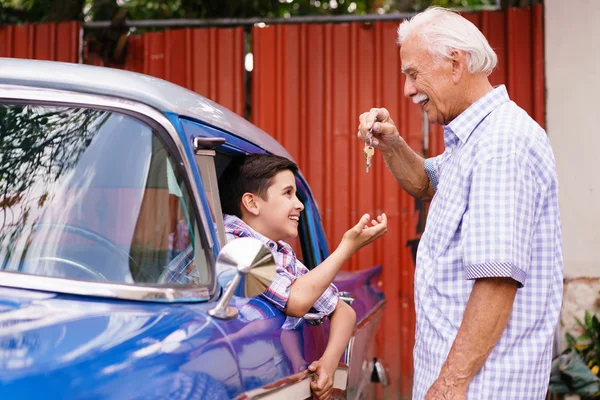
From rides with strangers to oil-slicked sunbathing, the era was all about bad habits that at the time seemed innocent but are now known to pose severe hazards. Scientific leaps, legislative shifts, and cultural values have rewritten the rules of what’s acceptable and what’s not. Here’s a rundown of some of the most eye-popping ’80s practices that would be greeted with utter incredulity today.
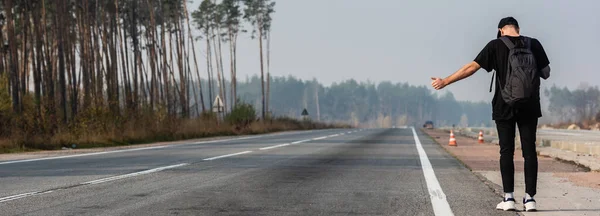
1. Hitchhiking Without a Second Thought
During the ’80s, it was not out of the ordinary to spot an individual roadside, thumb extended, awaiting a ride. Hitchhiking originated during the Great Depression and thrived during the counterculture era, where it was a symbol of freedom and connection. As writer Ginger Strand put it, “It was simply a way of sharing resources.” By the mid‑1970s, however, safety concerns, sensational crimes, and tougher laws started to sully its reputation. Hitchhiking is now completely illegal in six American states, while in the majority of the others, statutes outlaw standing in the road or blocking traffic. The open-road romanticism has given way to ride‑share apps, background checks, and a healthy dose of skepticism.
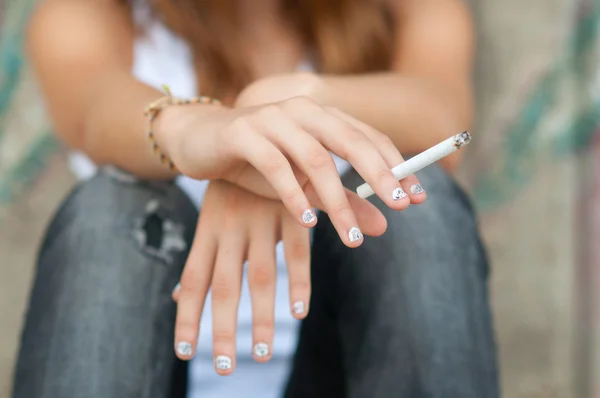
2. Smoking Anywhere and Everywhere
Lighting up restaurants, offices, planes, and even hospitals was completely acceptable once. The health hazards of secondhand smoke weren’t so well recognized, and cigarette commercials still held a certain cache. But years of studies have made known the ruinous toll: the U.S. Surgeon General tells us that smoking has been responsible for more than 20 million American fatalities since 1964, 2.5 million of them from secondhand smoke. Public spaces are now shielded by smoke‑free laws, and the notion of puffing away in a pediatric ward is unthinkable.
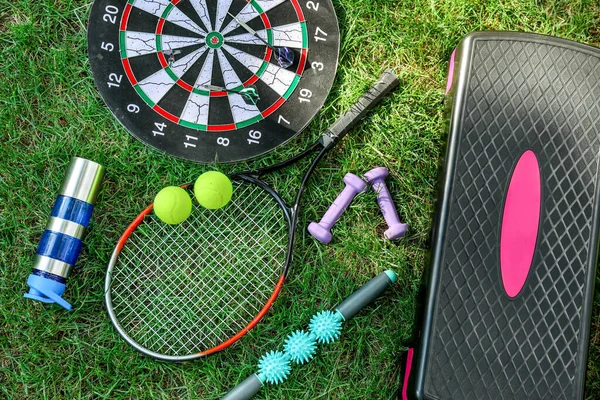
3. Lawn Darts as a Backyard Game
Also known as Jarts, weighted, metal‑tipped projectiles were sold as family entertainment. The harsh reality was quite different. In a single horrific 1987 incident, a lawn dart hit 7‑year‑old Michelle Snow and killed her. His campaign uncovered that in eight years, 6,100 individuals 81% of whom were children were treated in ERs for injuries from lawn darts. The U.S. Consumer Product Safety Commission prohibited selling them in 1988, yet old sets still pop up at flea markets, a chilling reminder of how slowly safety follows risk.
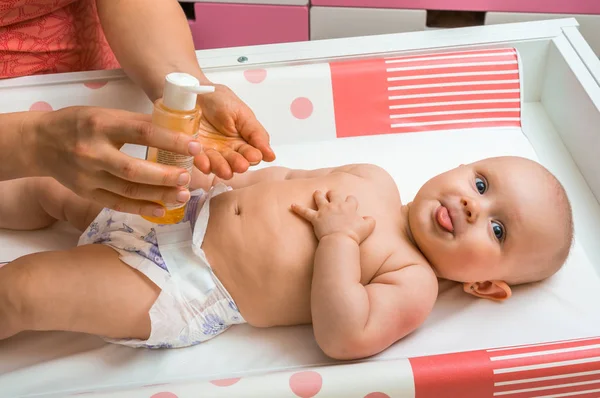
4. Sunbathing with Baby Oil and Reflectors
In search of the ideal tan, numerous people in the ’80s applied baby oil sometimes combined with iodine and utilized metallic reflectors to maximize the sun’s beams. Dermatologists today caution there is no safe tan. Dr. Susan Massick indicates that one in five Americans will be diagnosed with skin cancer by age 70, and one early sunburn as a child can increase lifetime risk by 50%. Rather than SPF, baby oil spurred on premature aging, sun spots, and a higher risk of cancer. Broad‑spectrum sunscreen is where it’s at nowadays, and baby‑oil‑and‑bake is a trend best left behind.
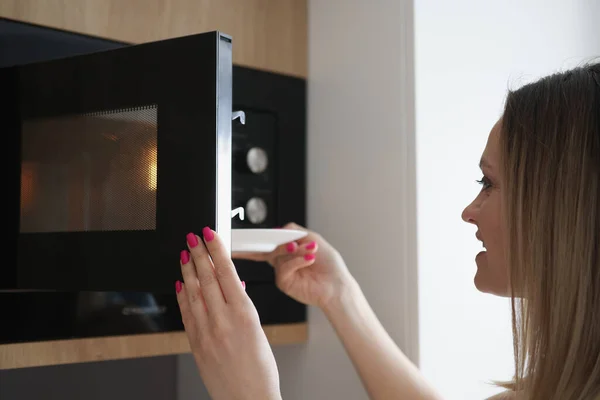
5. Microwaving Leftovers in Any Plastic Container
In the ’80s, microwaving leftovers in whatever plastic tub was convenient was de rigueur. But studies have indicated that heat also makes dangerous chemicals such as BPA and phthalates leach into food. Those endocrine disruptors have been connected to reproductive problems, metabolic disorders, and some types of cancer. Experts such as Dr. Sheela Sathyanarayana advise not microwaving plastic at all, even if it says “microwave safe,” because that simply indicates it won’t melt but not that it’s chemical-free. Glass or ceramic is the better option now.
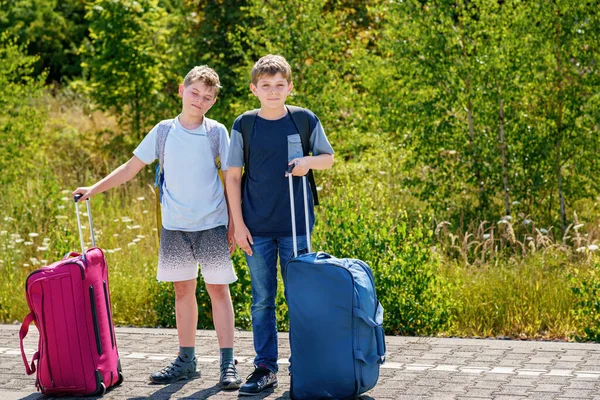
6. Leaving Children Alone for Hours
Parents of the ’80s tended to practice a “free‑range” approach children could go out after breakfast and come home at twilight, no need for check‑ins. It encouraged independence but eliminated any real‑time means of monitoring safety. Parents today have GPS software, structured activities, and greater awareness of threats, from traffic to strangers. The cultural evolution is symptomatic less of technology than of a larger stress on perpetual watching and organized settings.
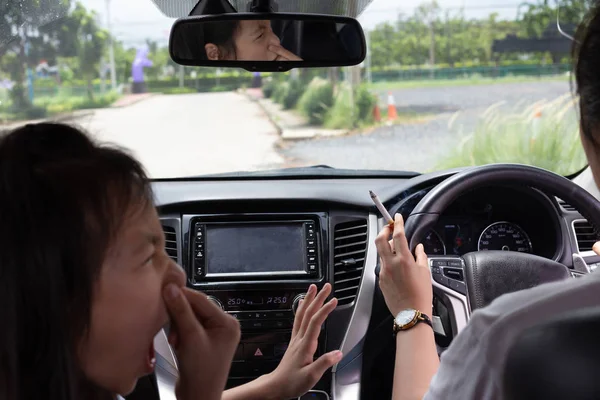
7. Smoking in Cars With Children Present
Rolling up the windows and smoking a cigarette during a family car ride was commonplace. Now it’s identified as particularly dangerous: secondhand smoke in a sealed environment releases concentrated poisons. The Surgeon General’s reports connect such exposure with sudden infant death syndrome, respiratory illnesses, and ear infections in children. A number of states have prohibited smoking in vehicles when there are minors onboard, highlighting a new awareness that shielding young lungs is not a trade‑off.
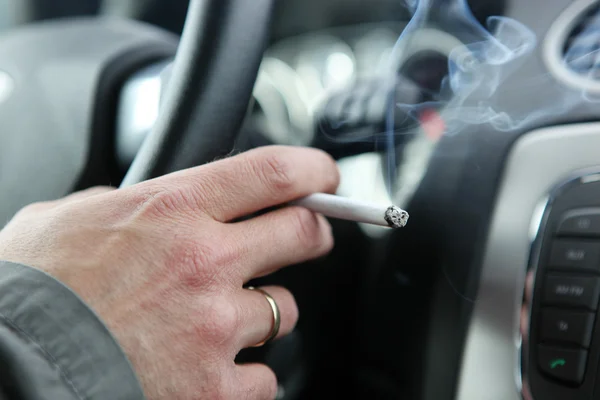
The ’80s were an era of raucous style and even more raucous behavior, much of it now looked crazy in retrospect given all that’s known about safety and well-being. Nostalgia has its appeal, but the shifts in legislation, science, and social norms reveal how far society has progressed in safeguarding well-being. Recalling the past is not merely nostalgic it’s also a reminder of why progress is important.


